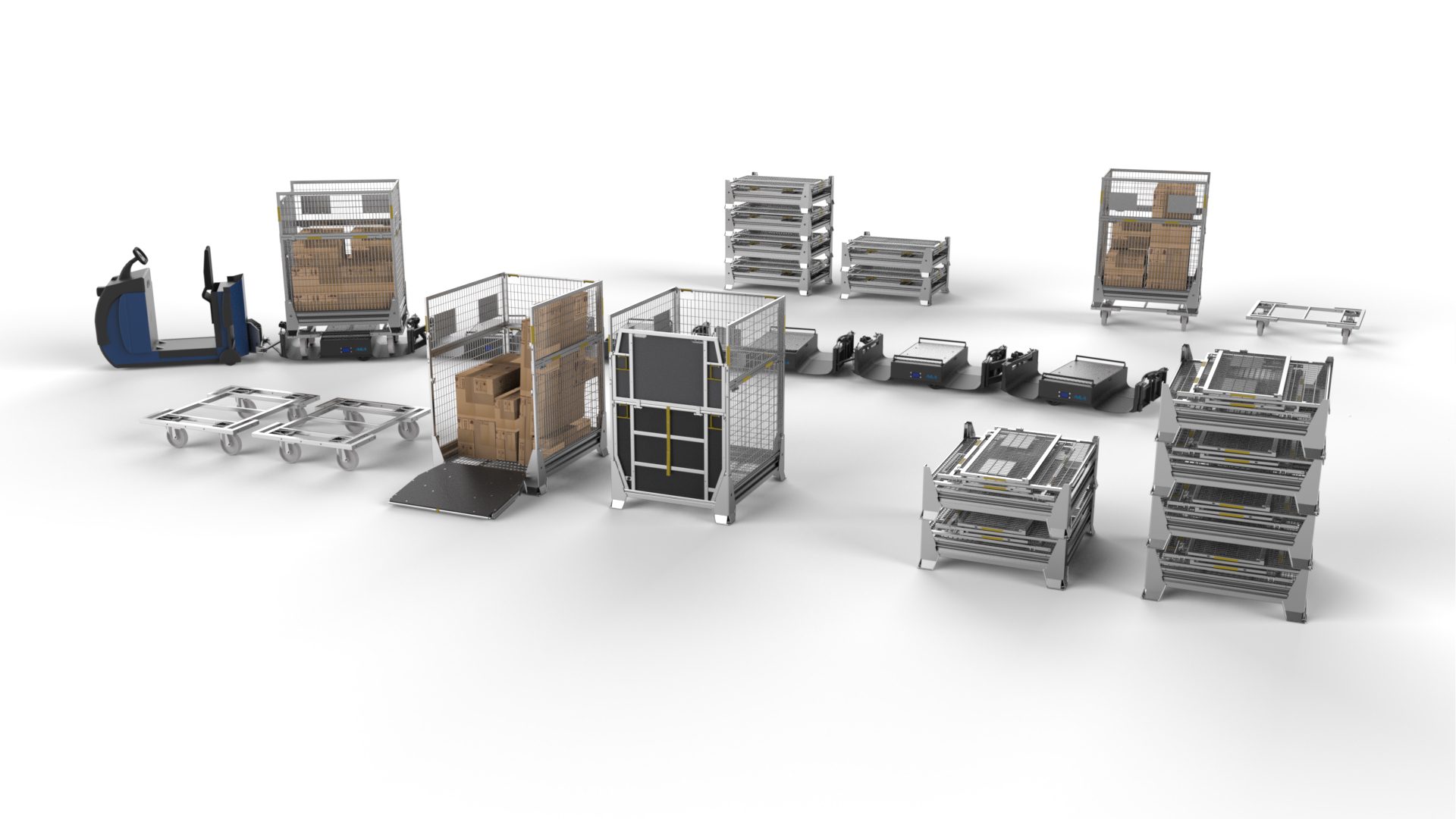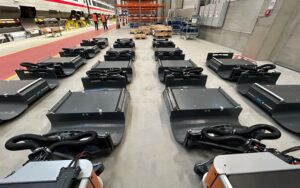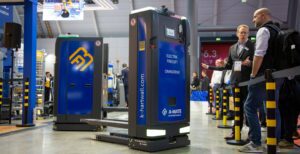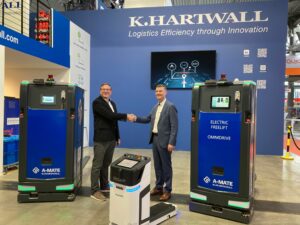Global automakers saw a USD 210 billion loss in revenue because of supply chain disruptions last year. The automotive sector was not alone. Most product businesses are stuck with lengthening supplier lead times, material shortages, energy price spikes, rising input costs, high freight rates and a severe shortage in staff. The traditional way to tackle supply-chain crises is to pile up inventory. So it’s not surprising that the biggest inventory building in 25 years has occurred in the past 5 months. But that is taking a toll on innovation and product development.
Rethinking business models
“Organisations that are trying to deal with faster time-to-market and faster product innovation are finding they can’t source materials necessary to invent the products. So, all of this is sort of feeding upon itself, says futurist Jim Carroll.
“Faster time to market, product development, prototyping and shifts in consumer demand are demanding new speed. That demands a new style of thinking about supply chains, he adds.
Indeed it does. So how can this challenge be turned into an opportunity?
“It is not only about the lowest cost, it’s also about how to secure your supply chain over time, and how to make it resilient towards external shocks to the best degree you can,” says Eero Heinonen, Executive Vice President at K.Hartwall.
“The past two to three years have shown that risk management and the ability to forecast supply chains is big. It is getting more and more value now and, in the future, as well,”
Automate, integrate & accelerate
Warehouse automation is proof of that. It eases many issues such as speed, efficiency, congestion, human errors and staff shortages in the logistics sector.
It enables machines to take over repetitive and dangerous tasks. This helps in mitigating risks and increasing transparency, overall efficiency and sustainability.
A case in point is K.Hartwall’s LiftLiner® tugger train. This 6-cart train of 9.6m is easy to manoeuvre in a congested work area. It is ergonomic and increases flexibility by allowing for loading, unloading, and handling on either side. The LiftLiner® is also a smarter and more sustainable option when compared to forklift trucks.
“With one single train movement, we can reduce, up to six to eight forklift movements. In terms of savings that means higher efficiency, lower congestion, and better health and safety. That also means it is more sustainable because lesser gasoline is burned in warehouse operations,” elaborates Heinonen.
While automation can bring more sustainability and operational excellence, experts say that intelligent supply chains still need people with the right skills and motivation to support change. Not putting people at the centre wastes investments and prevents companies from pursuing new opportunities.



